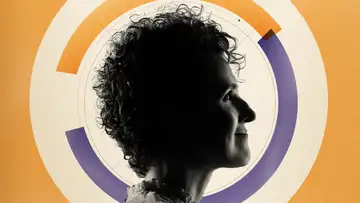Walden in FarsiTop of Mind with Julie Rose • Season 1, Episode 234, Segment 5
Feb 18, 2016 • 24m
Guest: Alireza Taghdarreh, First to Translate Walden into Farsi and a Self-Taught Iranian Scholar of Thoreau
Remember reading Walden in high school or college, by Henry David Thoreau? It’s a reflection on living simply and in-tune with nature, but it’s not a simple read. Thoreau’s sentences and paragraphs are long and complex. The metaphors and double meanings and sarcasm can trip you up. So, just imagine reading it if English were not your first language. And if there was a revolution in your country and the universities closed down as you were graduating from high school, without an option for formal education, learning English meant watching American Westerns and reading anything you could get your hands on.
That’s the story of Alireza Taghdarreh from Tehran who, after teaching himself to speak English fluently, has spent the last decade doing the first translation of Walden into his native Farsi. Last year, Taghdarreh finally journeyed to the place itself - Walden in Massachusetts.
